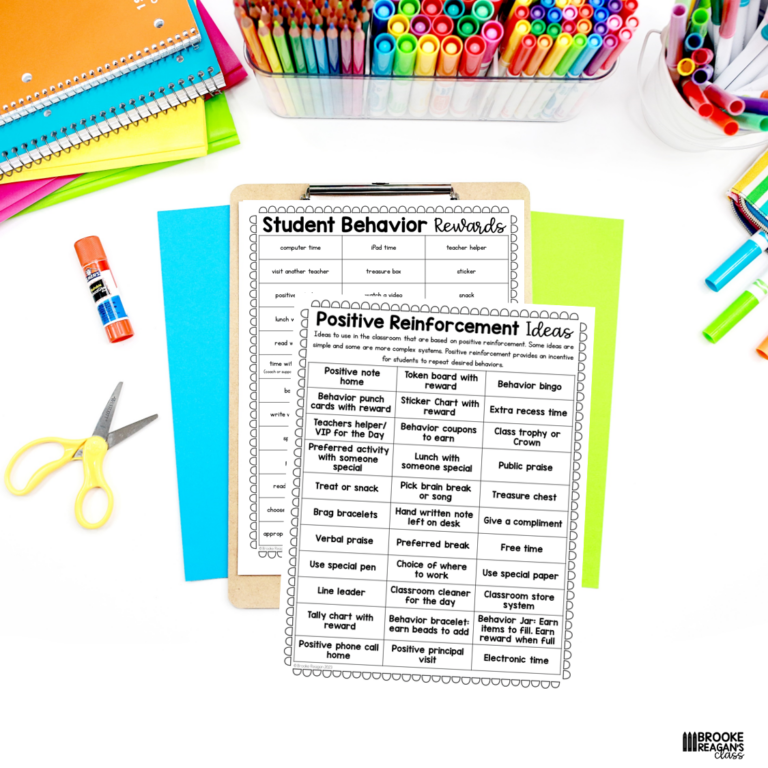
Teachers, do you have children that struggle with daily tasks and transitions? Or maybe you are a parent of a child that needs help with completing verbal directions or transitions throughout the day. Have you heard of or tired a visual schedule? Within this article, we will explore the benefits of visual schedules, how to create a personalized visual schedule, tips for managing transitions effectively, and ways to collaborate with parents. Okay well, lets get started!
Visual schedules offer a wide range of benefits for children, particularly those who struggle with organization and transitions. By providing a clear, visual representation of their daily tasks and activities, children can better understand and anticipate what is expected of them. This not only reduces anxiety and confusion but also helps them feel more in control of their day.
Creating a Personalize Visual Schedule: Below is an outline important steps and considerations to make when setting up a visual schedule for children.
1. Identifying the Target Activities: First, establish the daily activities you want your student to follow. Activities that are routine to build predictability
2. Use Appropriate Visuals: Children respond well to visuals. Use images that are easy to understand, colorful, and engaging. For instance, a picture of a bed could denote bedtime, while an image of a toothbrush could stand for brushing time. The visuals should align with the child’s cognitive level for them to easily comprehend what each picture signifies.
3. Sequence the Activities: Arrange the activities in the order they are meant to be carried out to give the child a sense of what to expect next. This can help reduce anxiety and foster self-reliance.
4. Make it Interactive: A visual schedule should not just be a static display. Allow your child to move the activity symbols from a ‘to-do’ column to a ‘done’ one. This makes the schedule interactive and gives the child a sense of accomplishment.
5. Personalize the Visual Schedule: Customization is key. Include activities your student enjoys to increase commitment to the schedule.
6. Give Clear Indications: For tasks that are repeated, use multiple symbols. Also clearly mark transitions or special activities to better prepare your student.
7. Keep it Flexible: Despite a defined schedule, be prepared for changes. Hence, ensure the schedule is flexible and adaptable to accommodate unexpected plans.
8. Review and Revise: Periodically review the effectiveness of the schedule and make necessary revisions based on progress, interests, and feedback.
Helpful Tips for Managing Transitions Effectively:
Collaborate with parents is essential for maintaining consistency in your student’s routine. By sharing the visual schedule and strategies used at school with your student’s parents or caregivers, you can create a cohesive plan that reinforces expectations and transitions both in school and at home. This collaboration ensures that everyone involved in the student’s education is working towards a common goal, providing support and reinforcement across all environments.

Sign up to receive over 35 ready to use student rewards to boost motivation, promote positive behavior and create a fun learning environment.